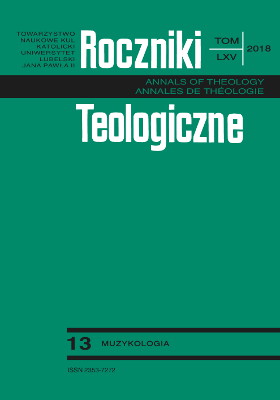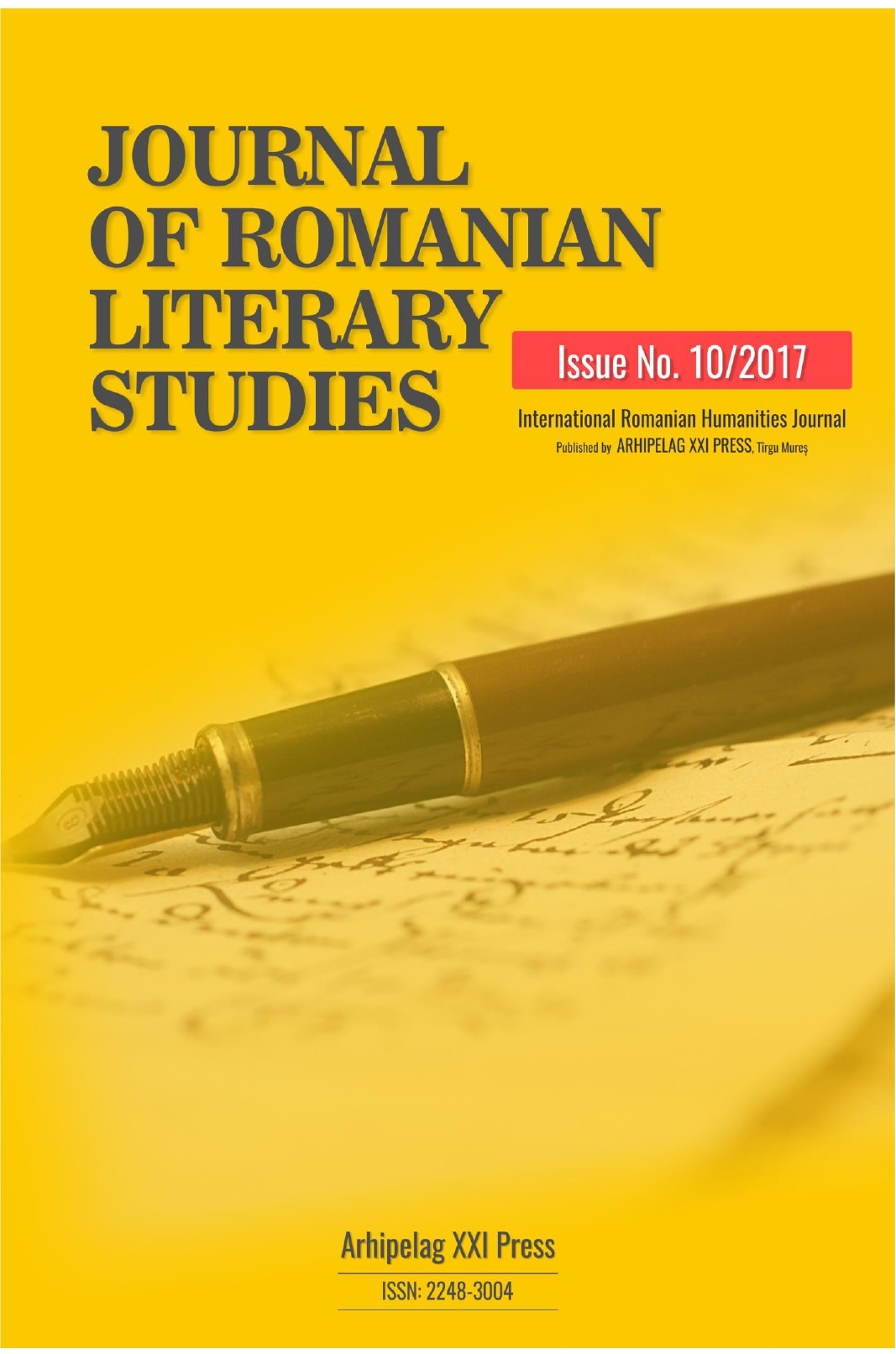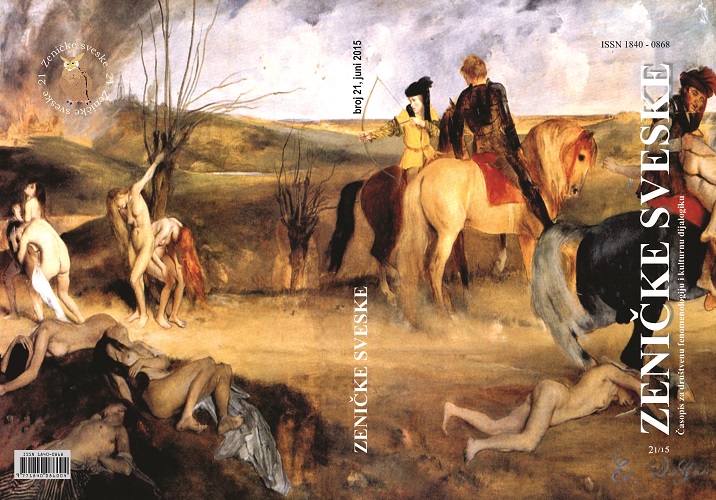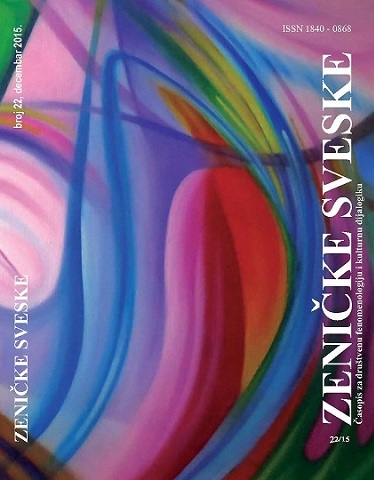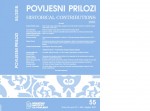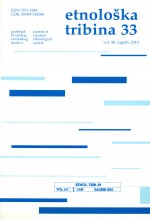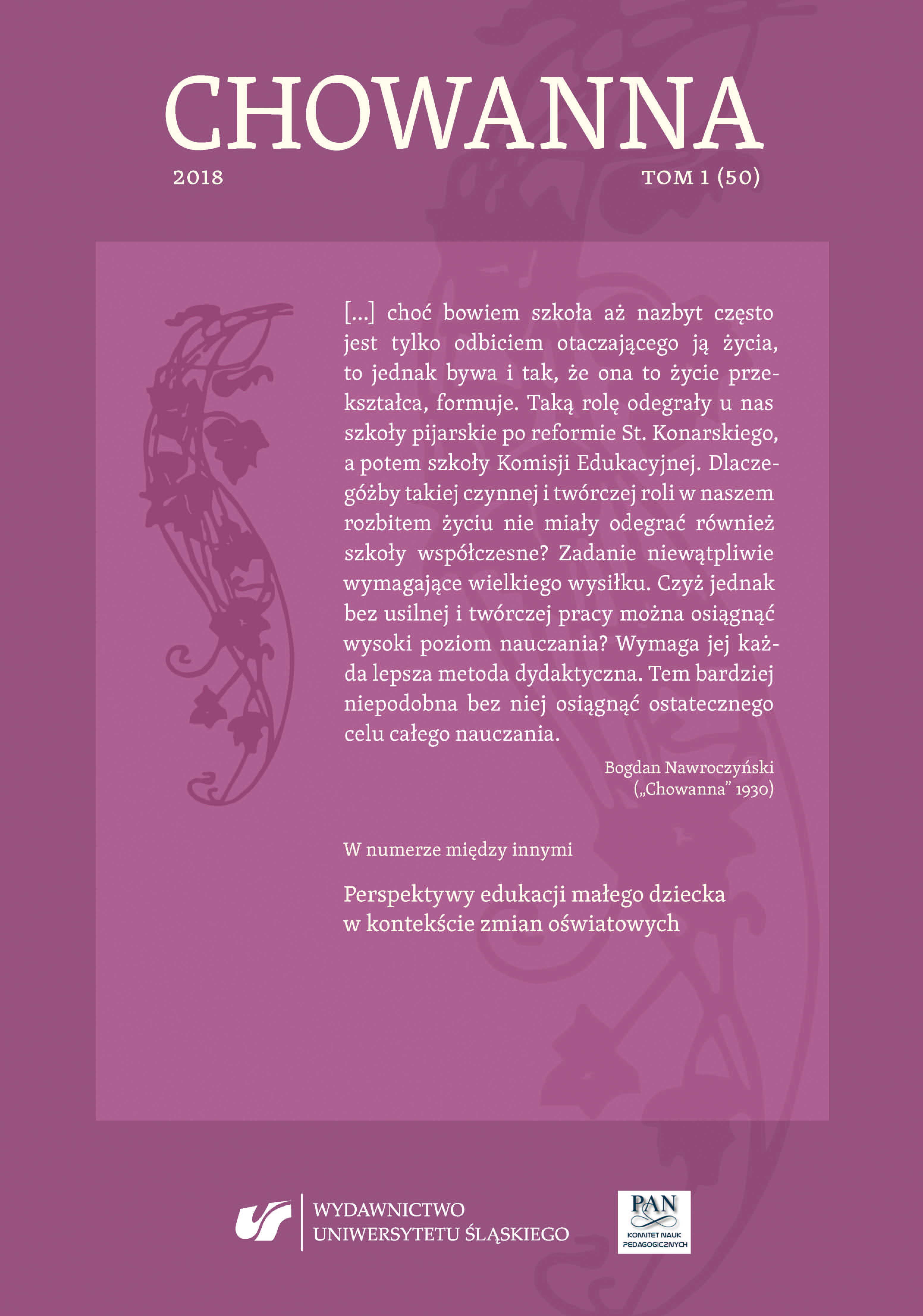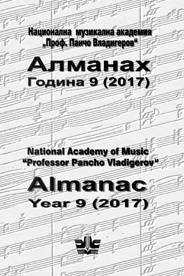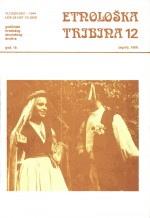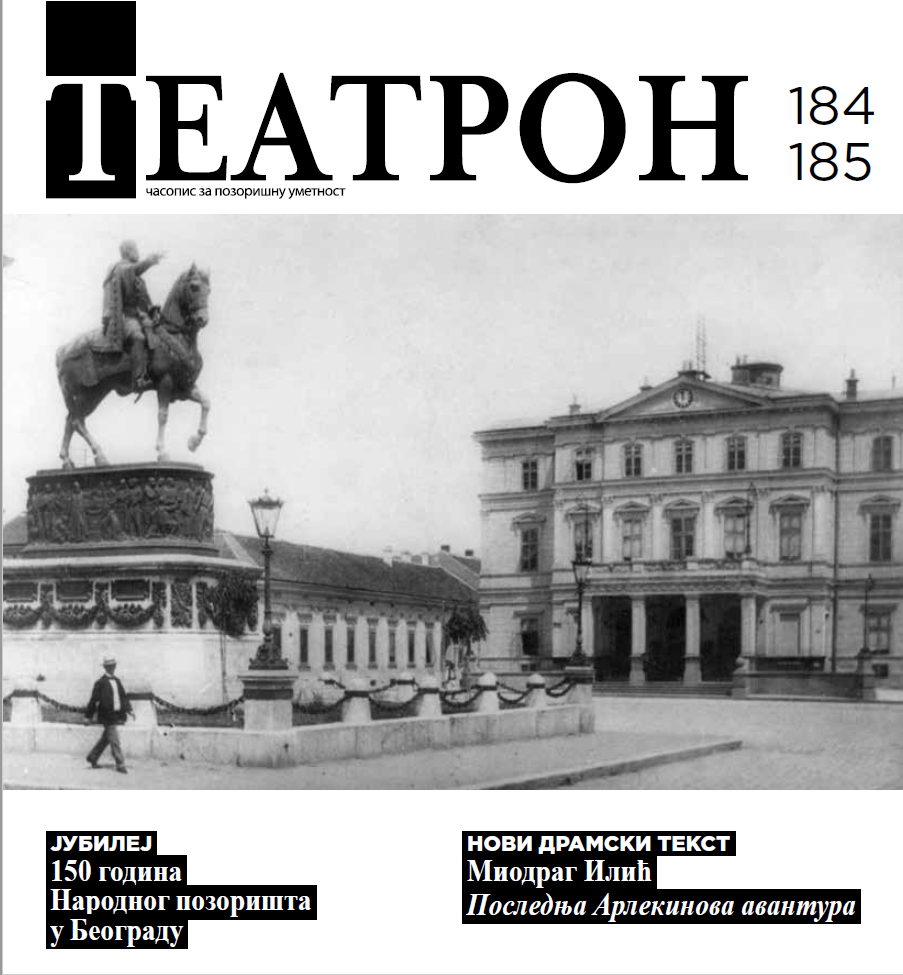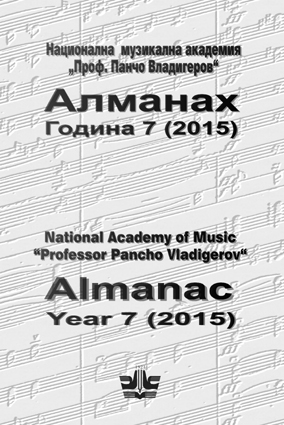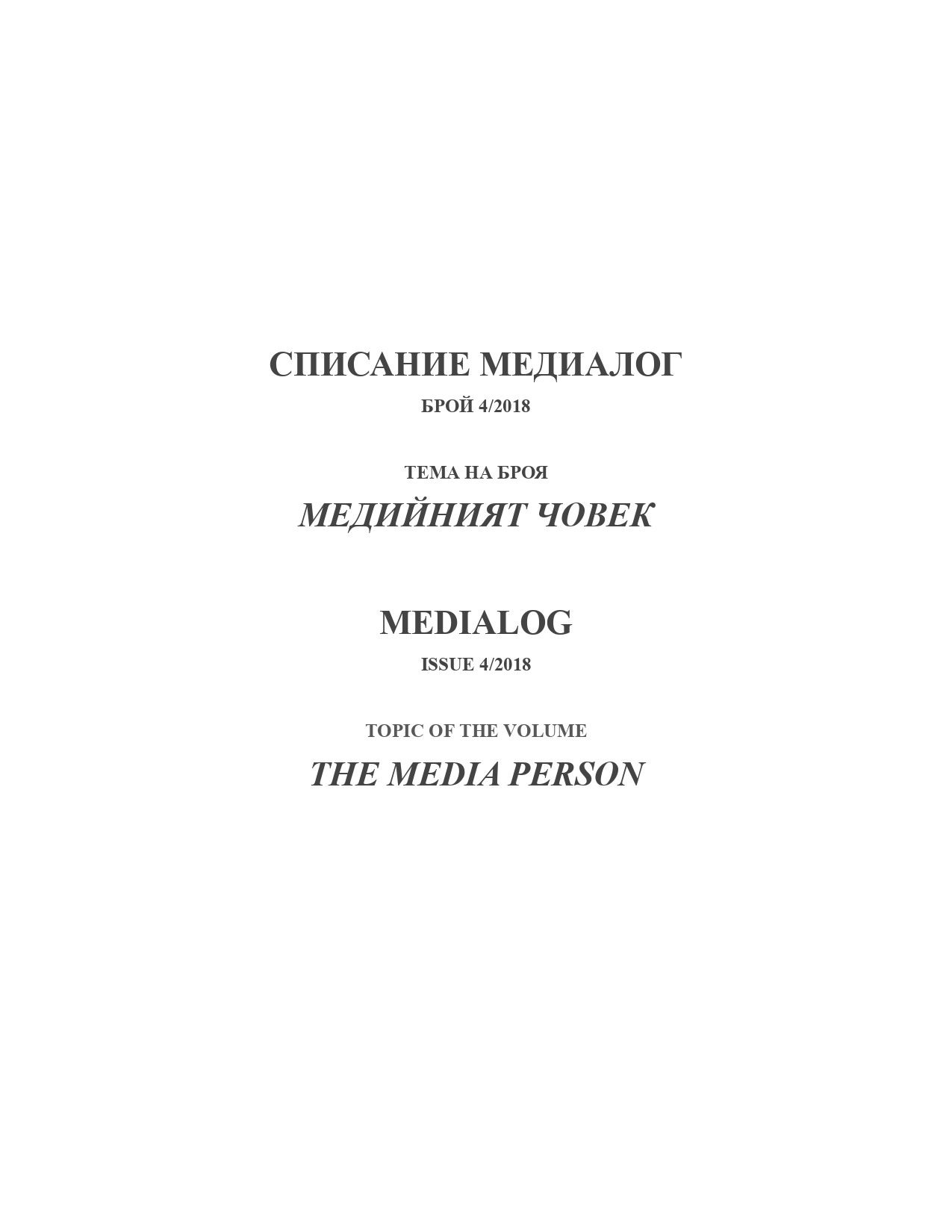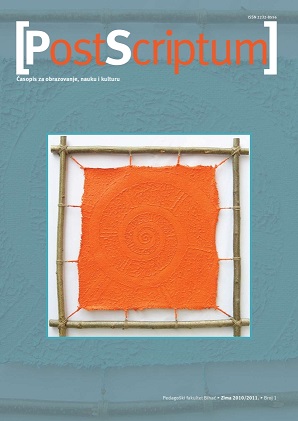
Muzička pedagogija u Bihaću u predškolskim ustanovama – analiza i preporuka odgajateljima
Music has always been an integral part of education. It affects the general and spiritual growth of a man as personality and as initiator of all changes in the society. The music educators direct the efforts of those who spend some time learning and acquiring knowledge: as lovers of music, reproductive artists, music educators and music makers. Music educators are likely to foster, develop and enrich the spiritual growth of their students and the community in which they operate. In Bihac, as the center of this part of Bosnia and Herzegovina, we record the earliest beginnings of preschool education on the basis of archival data of the parish office and the chronicles of the nuns in Bihac. In 1893, the Kolster building owned by Catholic church was built in Bihac, where the nuns, in addition to other kinds of work, organized the first kindergarten for preschool children who began to receive a regular music training. The organizer of the first kindergarten was a nun Ida Keller, who played the piano. The kindergarten was led by Ms. Kaller for ten years and in 1903 she was replaced by a nun Grace Futterer. Until the mid-fifties the Catholic Church was the only kindergarten for preschool children where the music was one of the most important subjects. The education of the youngest plays an important role in the development of music pedagogy, therefore, the development of music pedagogy primarily begins in the kindergarten and nursery school, where the children are, for the first time, given an opportunity to develop musical abilities.
More...
